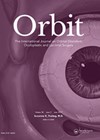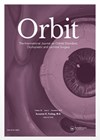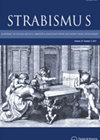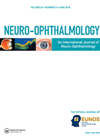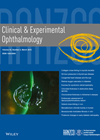
Journal Reviews
Teprotumumab for chronic TED
This retrospective case series looks at the use of teprotumumab in nine patients with thyroid eye disease (TED) of clinical activity score ≤one and >nine months duration, in an American cohort. Current European guidelines have suggested the use of teprotumumab...
Colour Doppler imaging before and after orbital decompression in thyroid eye disease
In this prospective, uncontrolled study euthyroid patients with moderate to severe inactive thyroid eye disease underwent colour Doppler imaging before and after orbital decompression. Patients with dysthyroid optic neuropathy, corneal breakdown, systemic disease (diabetes, cerebrovascular accident, cardiovascular and peripheral vascular...
Vertical angle surgical outcomes
The surgical results of all patients undergoing isolated adjustable suture vertical squint surgery for thyroid eye disease are presented for a single centre over five years to explore the predictive factors for surgical planning. This was a retrospective study in...
Rituximab as an immunosuppression treatment for thyroid eye disease
Thyroid eye disease is traditionally treated with high dose glucocorticosteroids and surgical orbital decompression, where responses are often inadequate. This medical treatment is centred around symptom control and reduction of thyroid hormone synthesis, not immunosuppression. Rituximab is an anti-CD20 monoclonal...
Twenty-four hour IOP patterns in patients with thyroid eye disease (OO/GL)
Elevated IOP in patients with thyroid eye disease (TED) can be caused by restriction and compression of the globe by enlarged extraocular muscles, elevated episcleral venous pressure and increased mucopolysaccharide deposition in the trabecular meshwork. Although previous studies have investigated...

